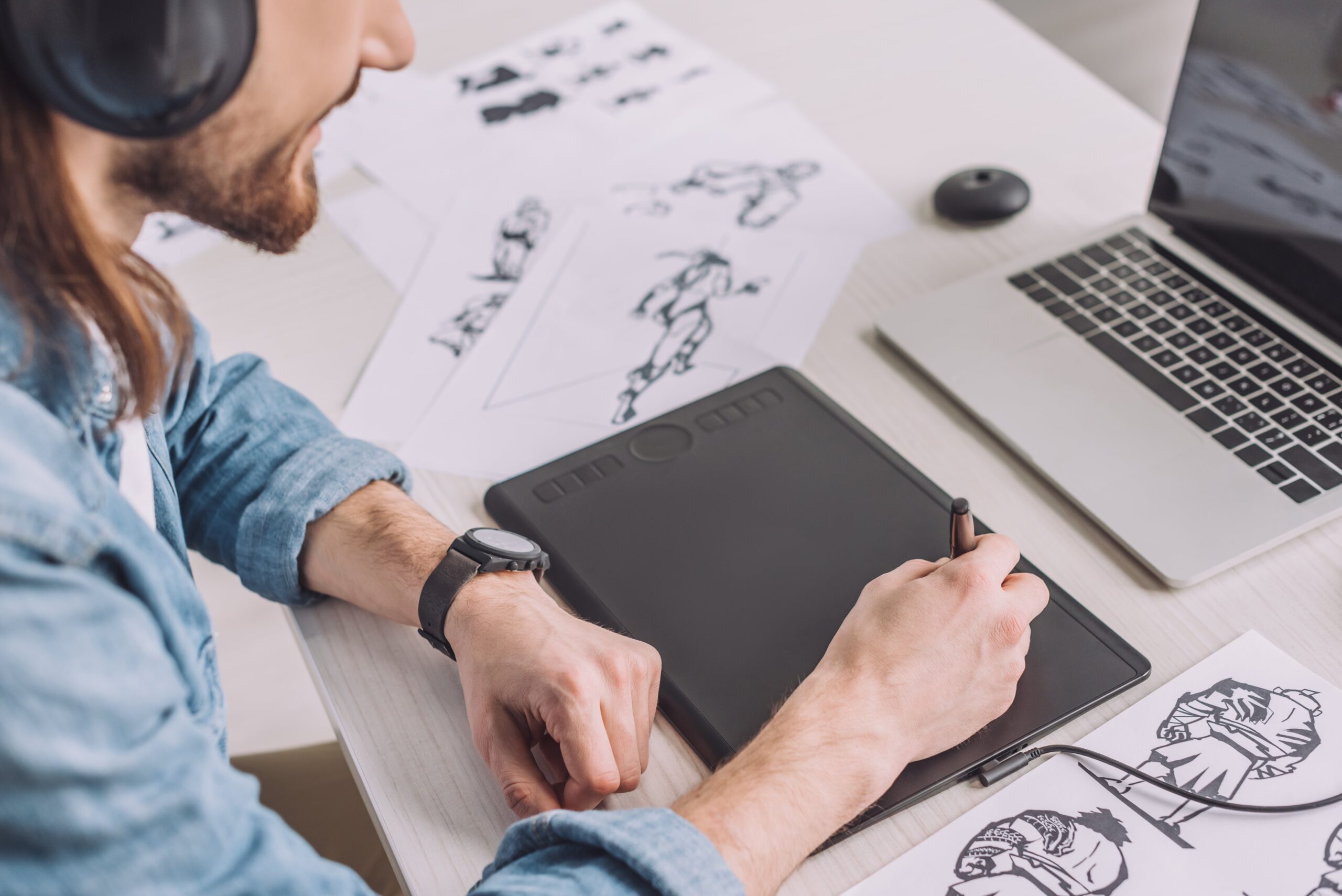Performing arts is a dynamic and expressive field that encompasses a wide range of artistic disciplines, including dance, theater, music, and more. To excel in the world of performing arts, it is essential to hone your craft and master a variety of techniques.
Whether you are an aspiring actor, dancer, musician, or all of the above, developing your skills and techniques is crucial for success in this competitive industry.
1. Acting Techniques
Acting is a cornerstone of the performing arts, requiring a blend of talent, skill, and dedication. To become a successful actor, it is essential to master a variety of acting techniques. One of the most widely recognized acting techniques is the Stanislavski Method, developed by Russian actor and director Konstantin Stanislavski.
This method emphasizes the importance of emotional truth and psychological realism in acting, encouraging actors to delve deep into their characters’ motivations and emotions.
Another popular acting technique is the Meisner Technique, created by American actor and acting teacher Sanford Meisner. This technique focuses on truthful and spontaneous reactions between actors, emphasizing listening and responding authentically in the moment.
By mastering these and other acting techniques, actors can bring depth and authenticity to their performances, captivating audiences with their nuanced portrayals.
2. Dance Techniques
Dance is a powerful form of expression that requires precision, strength, and artistry. Whether you are a ballet dancer, contemporary dancer, or hip-hop dancer, mastering dance techniques is essential for showcasing your skills on stage.
Ballet, with its classical technique and graceful movements, serves as the foundation for many styles of dance. By mastering ballet techniques such as turnout, extension, and alignment, dancers can develop the strength and flexibility needed to excel in other dance forms.
Contemporary dance, on the other hand, is a more fluid and expressive style that blends elements of ballet, modern dance, and improvisation. By mastering techniques such as release, suspension, and weight transfer, contemporary dancers can create dynamic and emotive performances that push the boundaries of traditional dance.
Hip-hop dance, with its high-energy movements and urban flair, requires dancers to master techniques such as popping, locking, and breaking, showcasing their agility and rhythm on the dance floor.
3. Musical Techniques
Music is a universal language that transcends cultural boundaries, connecting people through melody, harmony, and rhythm. Whether you are a singer, instrumentalist, or composer, mastering musical techniques is essential for expressing yourself through music.
Singers, for example, must master techniques such as breath support, vocal range, and diction to deliver powerful and emotive performances.
Instrumentalists, on the other hand, must master techniques such as finger dexterity, bowing technique, and breath control to showcase their musical prowess on their chosen instrument. Composers, tasked with creating original music, must master techniques such as harmony, counterpoint, and orchestration to craft compelling and innovative compositions.
By honing these and other musical techniques, musicians can captivate audiences with their artistry and creativity.
4. Physical Techniques
In addition to mastering the specific techniques of acting, dancing, and music, performers must also develop their physical abilities to excel in the demanding world of performing arts. Physical techniques such as yoga, Pilates, and strength training can help performers build stamina, flexibility, and overall physical fitness, enabling them to sustain the rigors of rehearsals and performances.
Yoga, with its focus on breath control, mindfulness, and body awareness, can help performers cultivate a sense of calm and presence on stage. Pilates, with its emphasis on core strength, alignment, and flexibility, can help performers develop the physical stability and control needed for intricate dance movements and demanding acting roles.
Strength training, through exercises such as weightlifting, bodyweight exercises, and resistance training, can help performers build the strength and endurance needed to perform at their best.
5. Emotional Techniques
In addition to mastering the technical aspects of performing arts, performers must also develop their emotional intelligence and vulnerability to connect authentically with their audiences. Emotional techniques such as mindfulness, meditation, and emotional improvisation can help performers access their emotions and convey them convincingly on stage.
Mindfulness, with its focus on present-moment awareness and acceptance, can help performers stay grounded and focused during performances, allowing them to fully inhabit their characters and connect with their scene partners. Meditation, with its emphasis on relaxation and mental clarity, can help performers manage performance anxiety and channel their emotions effectively.
Emotional improvisation, through exercises such as emotional recall and sense memory, can help performers access deep and authentic emotions, enhancing the depth and realism of their performances.
Conclusion
By mastering a diverse range of techniques, from acting and dancing to music and physical training, performers can elevate their craft and stand out in the competitive world of performing arts. Whether you are a seasoned professional or an aspiring artist, dedicating time and effort to mastering these techniques can help you achieve your artistic goals and realize your full potential in this exciting and dynamic field.
Key Takeaways:
- Mastering a variety of techniques in acting, dance, music, physical training, and emotional expression is essential for success in the performing arts industry.
- Acting techniques like the Stanislavski Method and Meisner Technique can help actors bring depth and authenticity to their performances.
- Dancers can excel by mastering ballet techniques, contemporary dance movements, and hip-hop styles to showcase their skills on stage.
- Musicians must hone their musical techniques, such as breath support for singers, finger dexterity for instrumentalists, and composition skills for composers.
- Physical techniques like yoga, Pilates, and strength training are crucial for performers to build stamina, flexibility, and physical fitness.
- Emotional techniques such as mindfulness, meditation, and emotional improvisation help performers connect authentically with their audiences and convey emotions convincingly.
To further enhance your skills and knowledge in the performing arts, consider enrolling in the online course and certificate program offered by Yellowbrick. This program can provide you with valuable insights, practical techniques, and industry expertise to help you succeed in your performing arts career.








